Home>Gardening & Outdoor>Plant Care & Gardening Tips>How To Organize Seed Packets
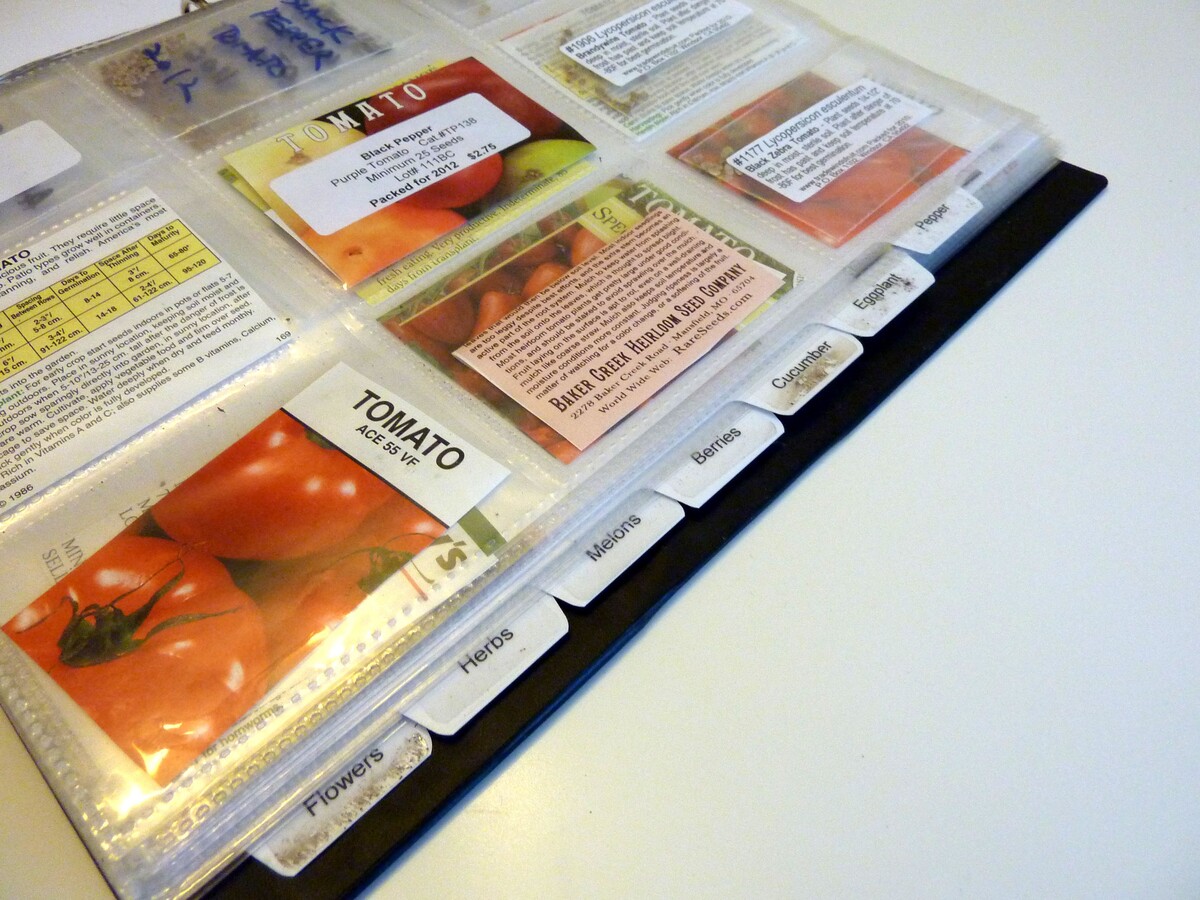

Plant Care & Gardening Tips
How To Organize Seed Packets
Modified: September 1, 2024
Learn how to organize seed packets and keep your plant care and gardening tips in order. Discover the best methods for storing and managing your seeds efficiently.
(Many of the links in this article redirect to a specific reviewed product. Your purchase of these products through affiliate links helps to generate commission for Storables.com, at no extra cost. Learn more)
Introduction
Are you an avid gardener with a collection of seed packets that seem to be taking over your gardening space? Organizing your seed packets can not only save you time and frustration but also help you make the most of your gardening efforts. In this article, we'll explore some practical tips and tricks for organizing your seed packets so that you can easily find what you need and keep track of your inventory. Whether you're a seasoned gardener or just starting out, these organization ideas will help you streamline your gardening process and make the most of your planting season.
Key Takeaways:
- Keep your seed packets organized by sorting them into categories like flowers, vegetables, and herbs. Use clear containers and labels to make it easy to find and store your seeds for future planting.
- Create a seed packet inventory to track your seeds, plan your planting schedule, and make informed decisions about your gardening plans. Regularly update and maintain your seed organization for a successful gardening experience.
Read more: How To Fold Seed Packet
Sorting and Categorizing Seed Packets
When it comes to organizing your seed packets, sorting and categorizing is the first step to regaining control of your gardening supplies. Start by gathering all your seed packets in one place. Then, begin sorting them into categories based on their type, such as flowers, vegetables, herbs, or fruits. You can further subdivide these categories based on specific plant varieties or planting seasons. Utilizing small containers or dividers can help keep the different categories separated and easily accessible.
Creating a designated space for each category can also make it easier to locate specific seeds when you're ready to plant. For example, you might allocate a shelf or drawer for flower seeds, another for vegetable seeds, and so on. This not only keeps your seed packets organized but also helps prevent them from getting mixed up or misplaced.
Consider using clear plastic storage containers or resealable bags to keep each category of seed packets together. Labeling these containers or bags with the category name can further enhance the organization and make it effortless to identify and retrieve the seeds you need. By sorting and categorizing your seed packets, you'll lay the groundwork for a more systematic and efficient gardening experience.
Labeling and Storing Seed Packets
Labeling and storing your seed packets is crucial for maintaining an organized and efficient gardening setup. Once you have sorted and categorized your seeds, it's time to focus on labeling and storing them properly. Here are some tips to help you with this essential step:
-
Clear and Consistent Labeling: Use a permanent marker or printed labels to clearly mark each seed packet with the plant's name, variety, and the date of purchase or harvest. This information will come in handy when you need to identify the seeds later on.
-
Proper Storage Containers: Invest in airtight containers or resealable plastic bags to store your labeled seed packets. These containers help protect the seeds from moisture, light, and pests, ensuring their viability for future planting seasons.
-
Cool and Dry Environment: Store the labeled seed packets in a cool, dry, and dark location to maintain their quality. A pantry, cabinet, or a dedicated seed storage box in a temperature-controlled area of your home can serve as an ideal storage space.
-
Organized Seed Storage: Arrange the labeled seed packets in the storage containers based on their categories and planting seasons. This will make it easier to locate specific seeds when you're ready to sow them.
-
Seed Saving Information: If you have saved seeds from your own garden, be sure to include any relevant information on the seed packets, such as the plant's pollination type, harvest date, and any special notes about the seeds' origin or characteristics.
By labeling and storing your seed packets with care and attention to detail, you'll not only keep your gardening supplies organized but also ensure the longevity and viability of your seeds for successful future plantings.
Store seed packets in a cool, dry place to maintain their viability. Use a container or organizer to keep them organized and easily accessible. Label them by planting season or type of plant for easy reference.
Creating a Seed Packet Inventory
Creating a seed packet inventory is a valuable practice for any gardener, whether you have a small collection of seeds or an extensive assortment. By establishing an inventory of your seed packets, you can easily track the seeds you have on hand, identify any gaps in your collection, and plan your planting schedule more effectively. Here's how to create a comprehensive seed packet inventory:
-
Gather All Seed Packets: Begin by gathering all your seed packets in one place. This includes both purchased seeds and any saved seeds from your previous harvests. Having all your seeds in one location will make it easier to assess and catalog them.
-
Cataloging Seeds: Create a detailed list or spreadsheet to catalog your seed packets. Include essential information such as the plant's name, variety, planting season, and any additional notes about the seeds. You can also categorize the seeds based on their type, such as flowers, vegetables, or herbs, to facilitate easy reference.
-
Recording Seed Quantities: As you catalog your seed packets, make note of the quantity of seeds in each packet. This information will help you determine if you have enough seeds for your planned plantings or if you need to purchase additional seeds.
-
Organizing the Inventory: Once you have cataloged all your seed packets, organize the inventory in a way that makes it easy for you to access and update. You can use a binder with clear plastic sleeves for storing seed packets and the inventory list, or opt for a digital spreadsheet that can be easily updated and sorted.
-
Updating the Inventory: Regularly update your seed packet inventory as you use or replenish your seeds. This will help you keep track of seed quantities, expiration dates, and any new additions to your collection.
-
Utilizing the Inventory for Planning: Use your seed packet inventory as a planning tool for your gardening activities. Refer to the inventory when deciding which seeds to plant, identifying any gaps in your collection, or organizing your planting schedule based on the seeds you have available.
By creating and maintaining a seed packet inventory, you'll gain a clear understanding of your seed collection, enabling you to make informed decisions about your gardening plans and ensuring that you make the most of your seeds throughout the planting seasons.
Tips for Maintaining Seed Packet Organization
Maintaining the organization of your seed packets is essential for a seamless gardening experience. Once you have sorted, labeled, stored, and inventoried your seed packets, it's important to implement strategies to sustain their organization over time. Here are some valuable tips for maintaining the organization of your seed packets:
-
Regular Maintenance: Set aside time at regular intervals to review and tidy up your seed packet storage. This can include checking for expired seeds, updating your inventory, and ensuring that the containers or storage spaces remain organized and labeled.
-
Seasonal Assessment: As each planting season approaches, take the opportunity to assess your seed packet inventory. Determine which seeds you plan to use for the upcoming season, identify any gaps in your collection, and make a list of any new seeds you may need to acquire.
-
Proper Rotation: When planting seeds, be mindful of rotating your stock. Use older seeds before newer ones to prevent them from expiring unused. This practice also allows you to assess the viability of older seeds and make informed decisions about their future use.
-
Storage Environment Maintenance: Regularly inspect the storage environment for your seed packets. Ensure that the containers or storage areas remain dry, cool, and free from pests. Address any issues promptly to safeguard the quality of your seeds.
-
Record Keeping: Keep a gardening journal or digital record of your seed planting activities. Note which seeds you planted, their performance, and any observations about their viability. This information can guide your future seed selections and help you refine your gardening practices.
-
Seed Sharing and Exchanges: If you participate in seed sharing or exchanges with other gardeners, be diligent about labeling and cataloging any new seeds you acquire. This will help you integrate them into your existing seed organization and prevent duplicates.
-
Educate Yourself: Stay informed about seed saving, storage, and viability. Understanding the lifespan of different types of seeds and the best practices for preserving their quality will empower you to maintain an organized and productive seed collection.
By incorporating these tips into your gardening routine, you can ensure that your seed packets remain well-organized, accessible, and ready for planting whenever the gardening season arrives. Consistent maintenance and thoughtful management of your seed collection will contribute to a more enjoyable and successful gardening experience.
Frequently Asked Questions about How To Organize Seed Packets
Was this page helpful?
At Storables.com, we guarantee accurate and reliable information. Our content, validated by Expert Board Contributors, is crafted following stringent Editorial Policies. We're committed to providing you with well-researched, expert-backed insights for all your informational needs.
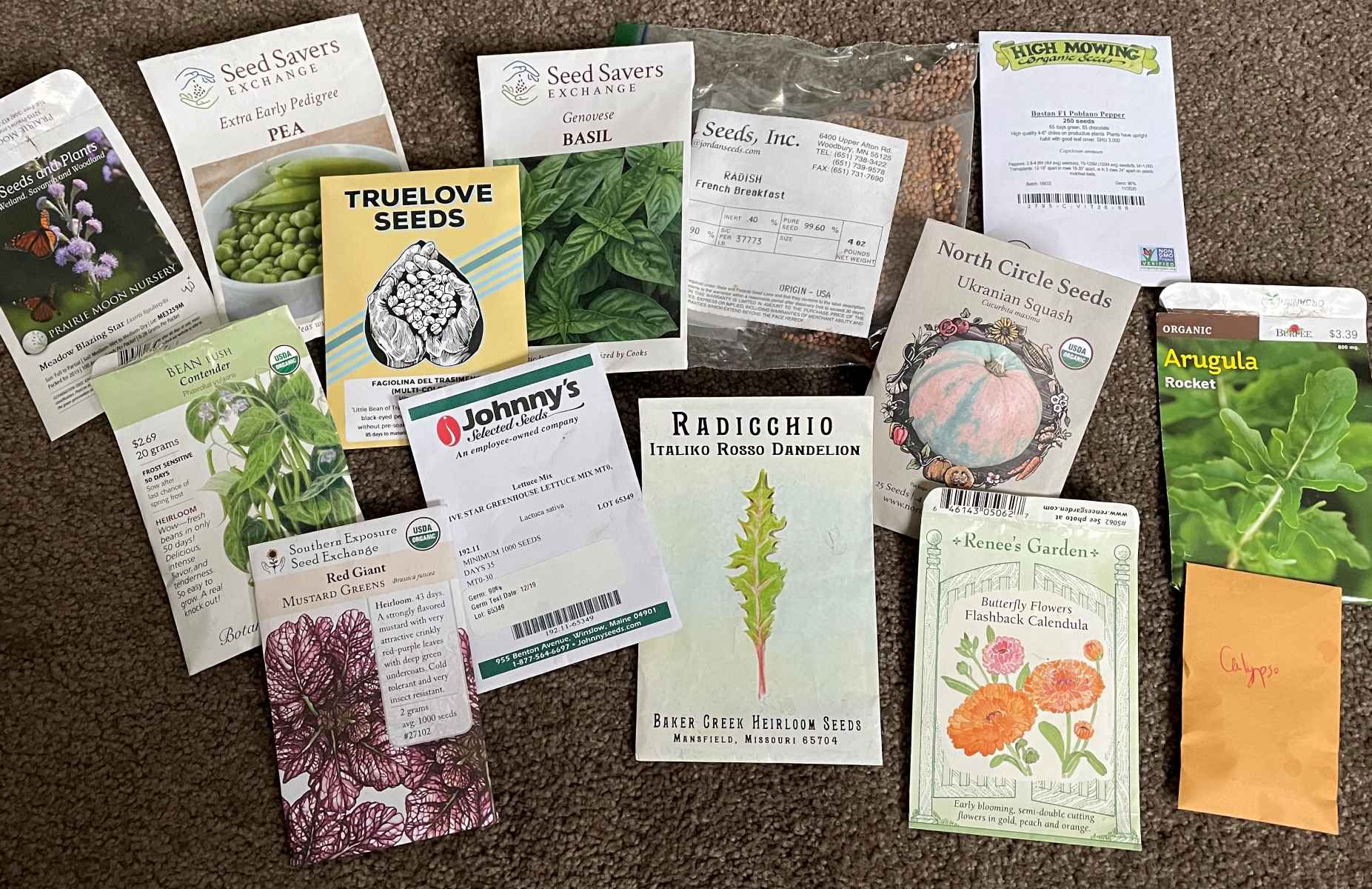
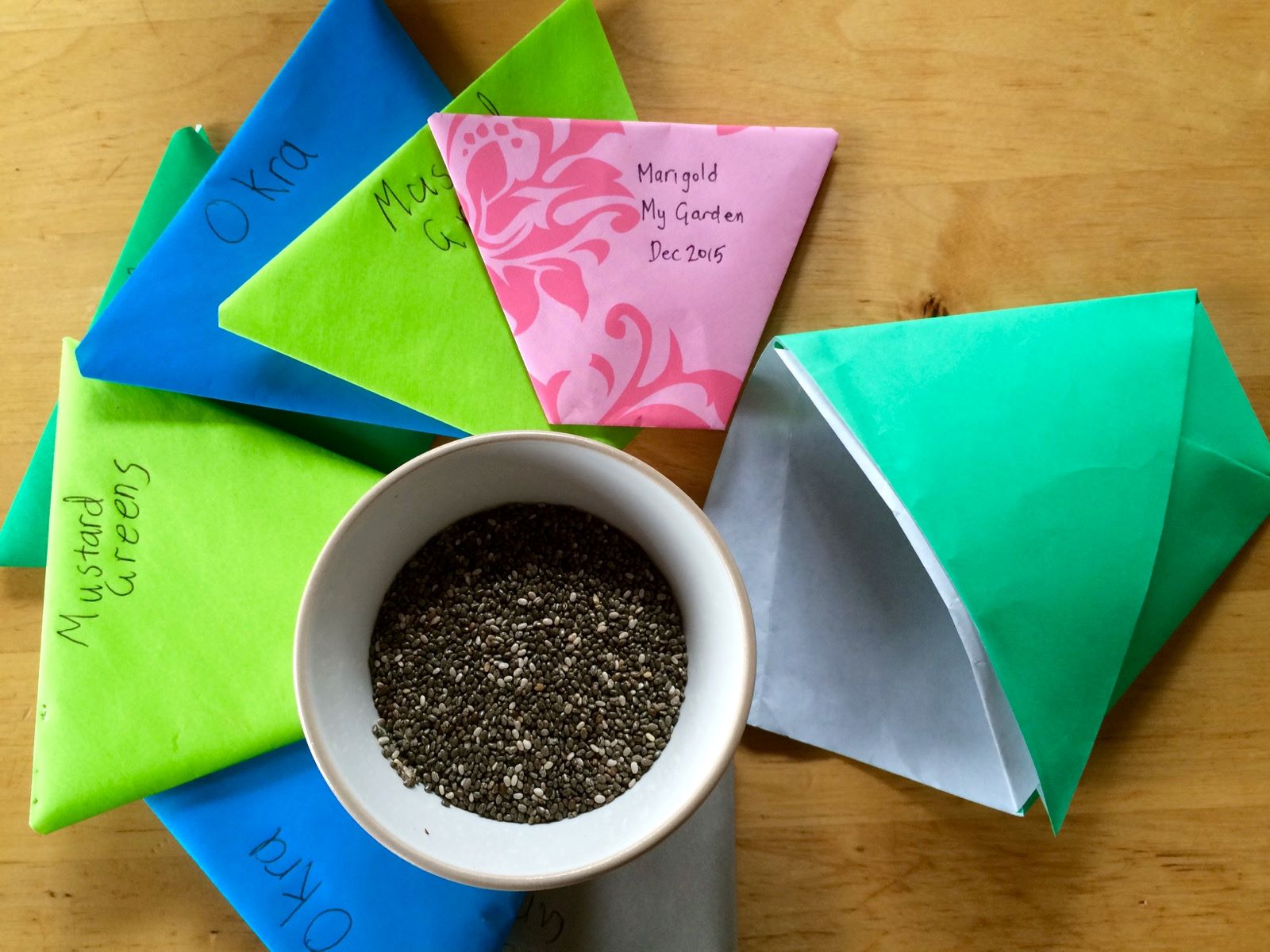
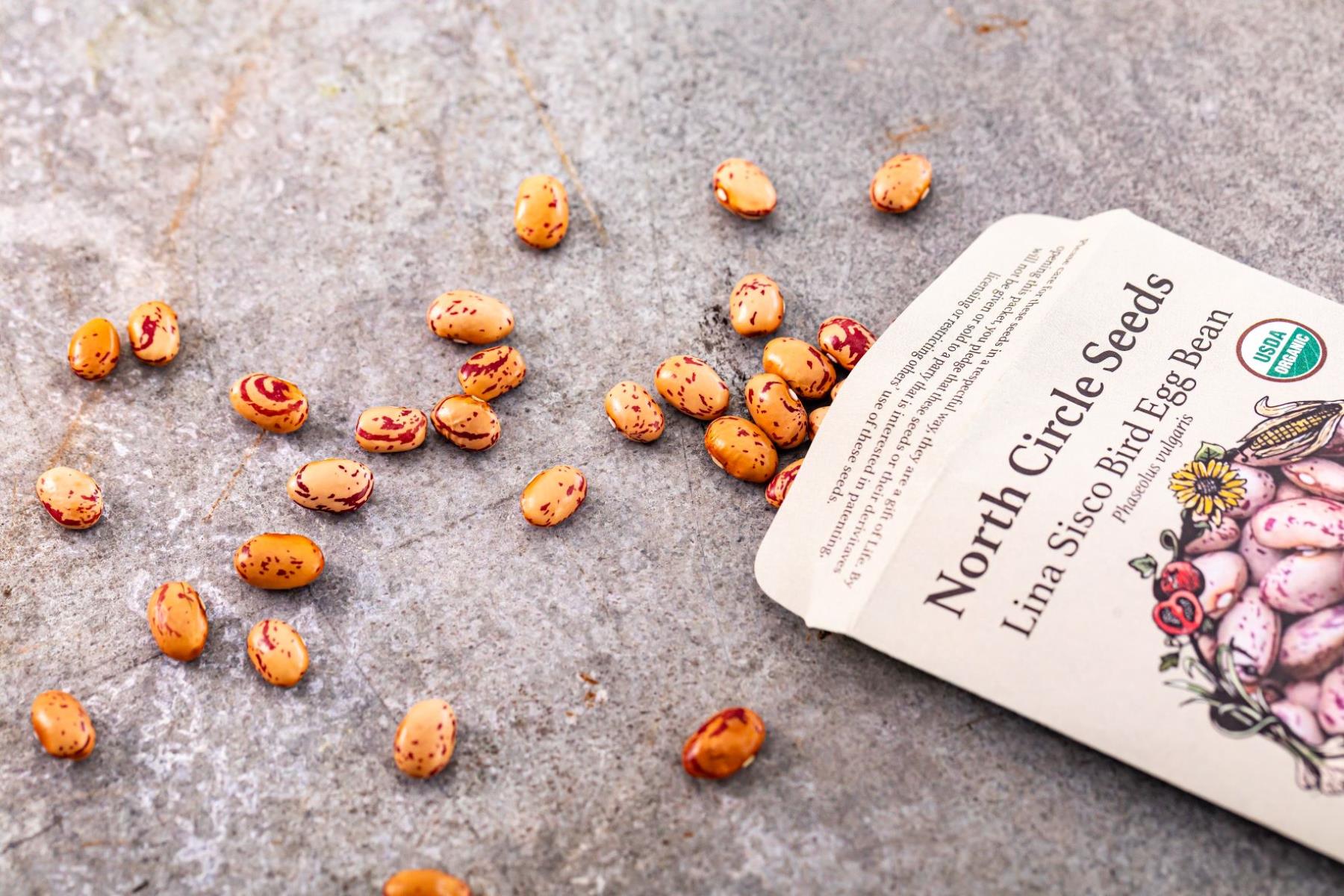
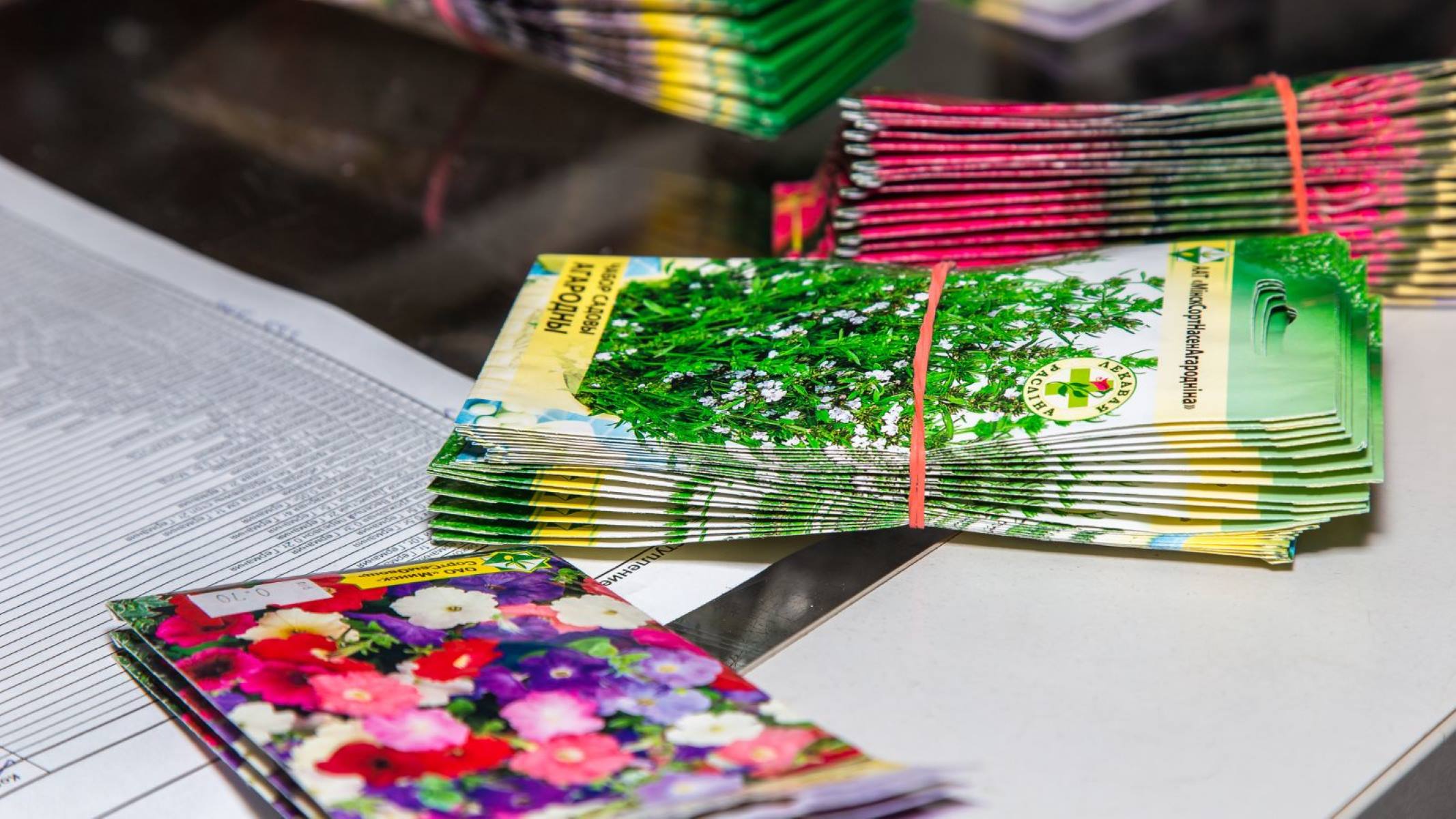
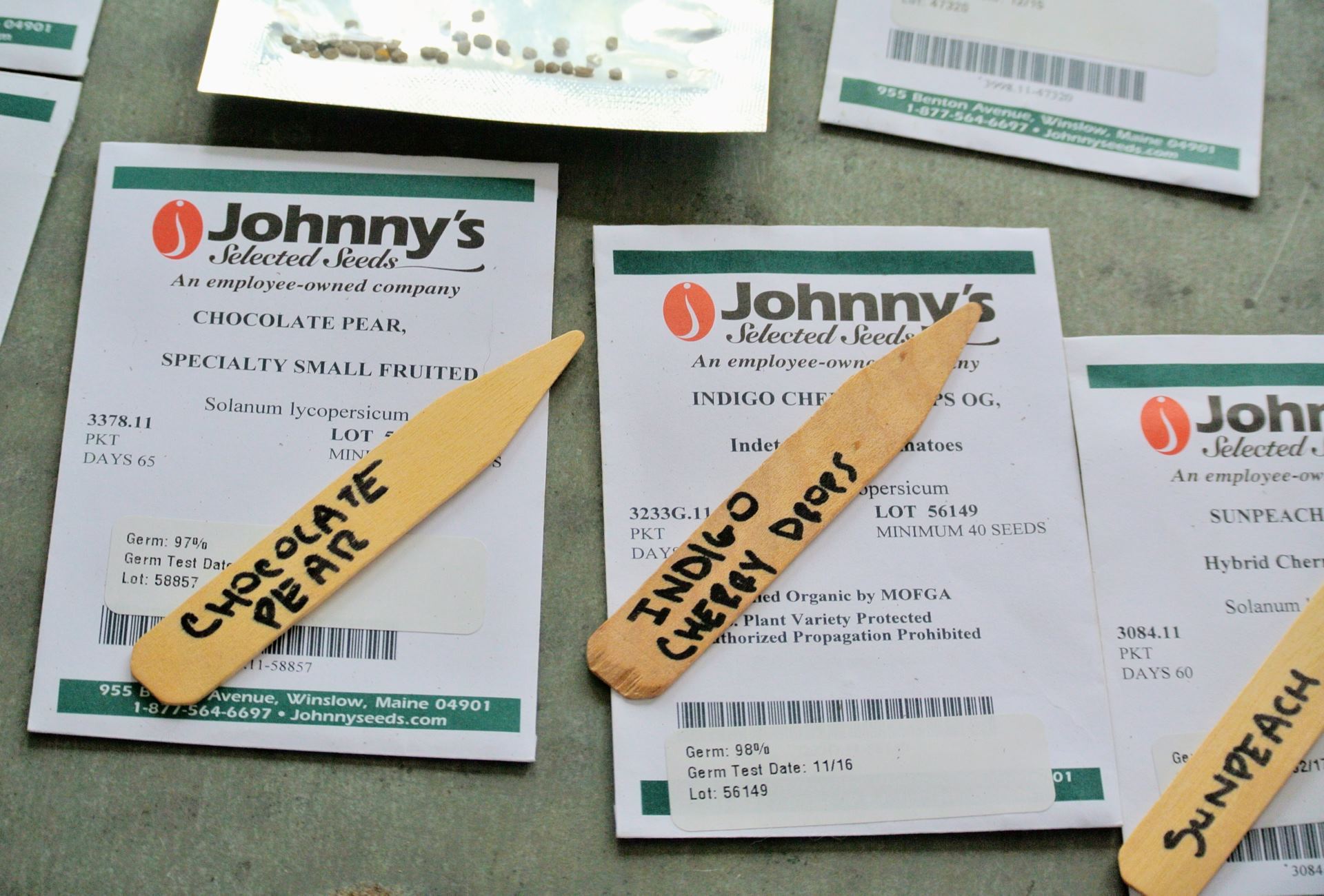
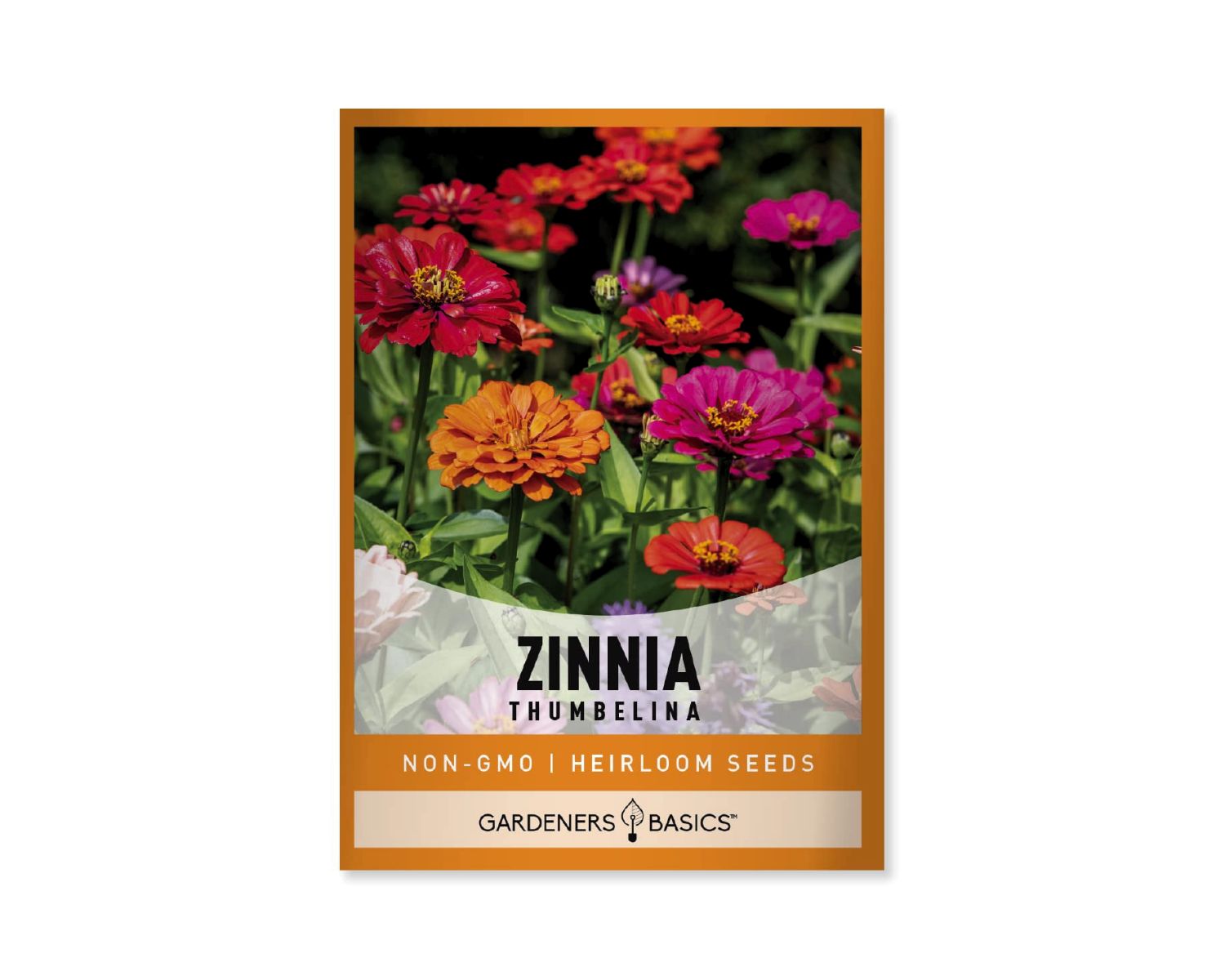
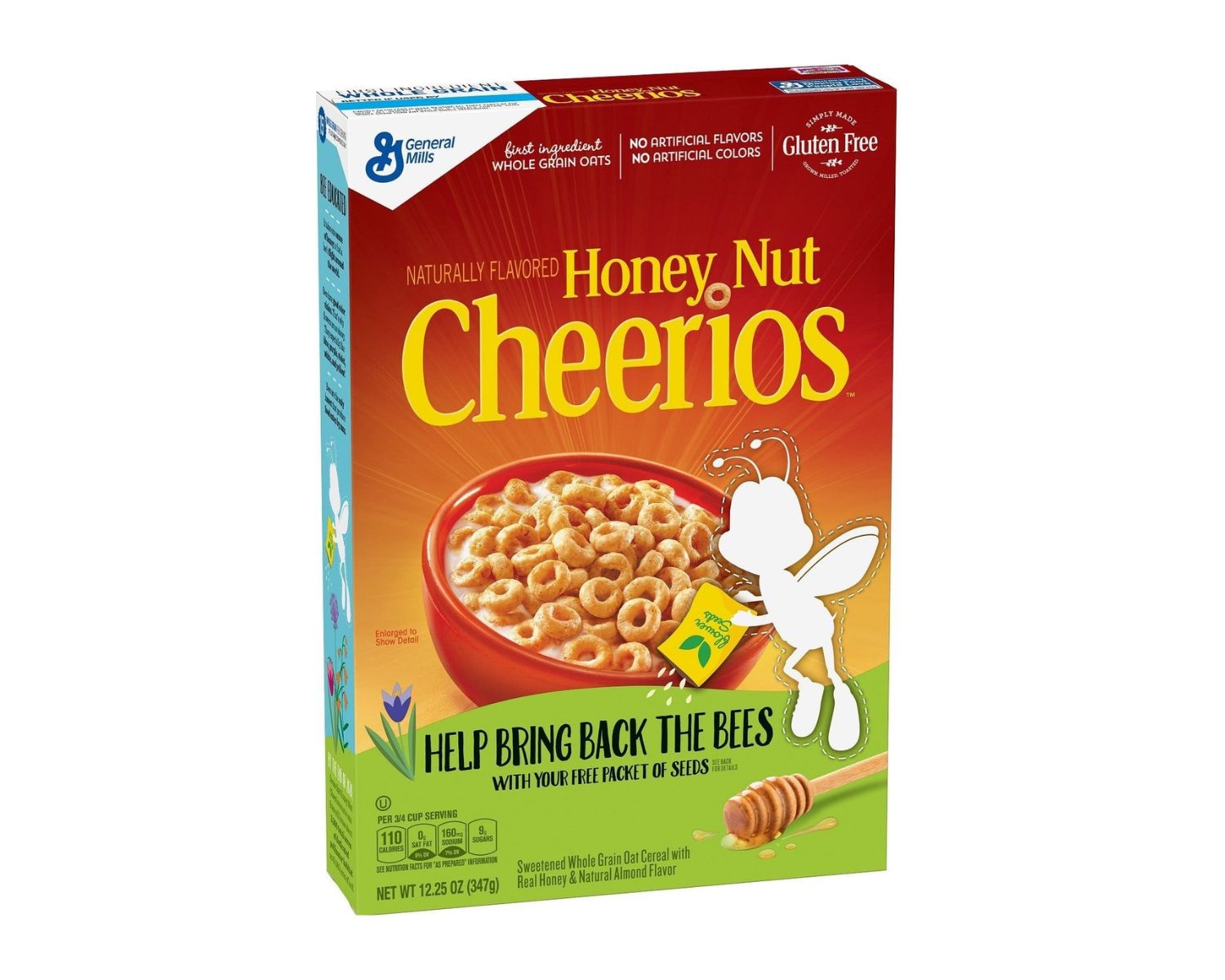
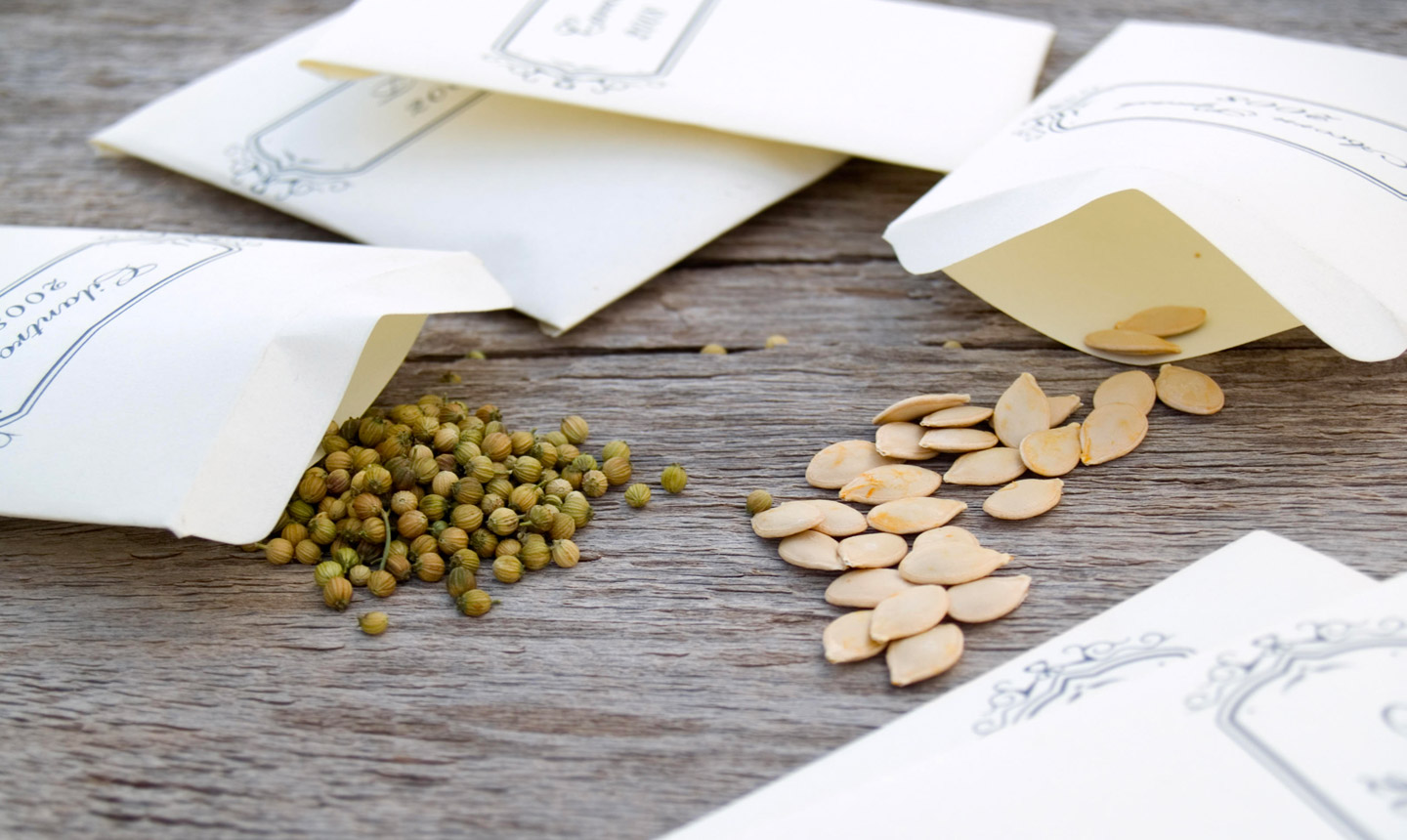
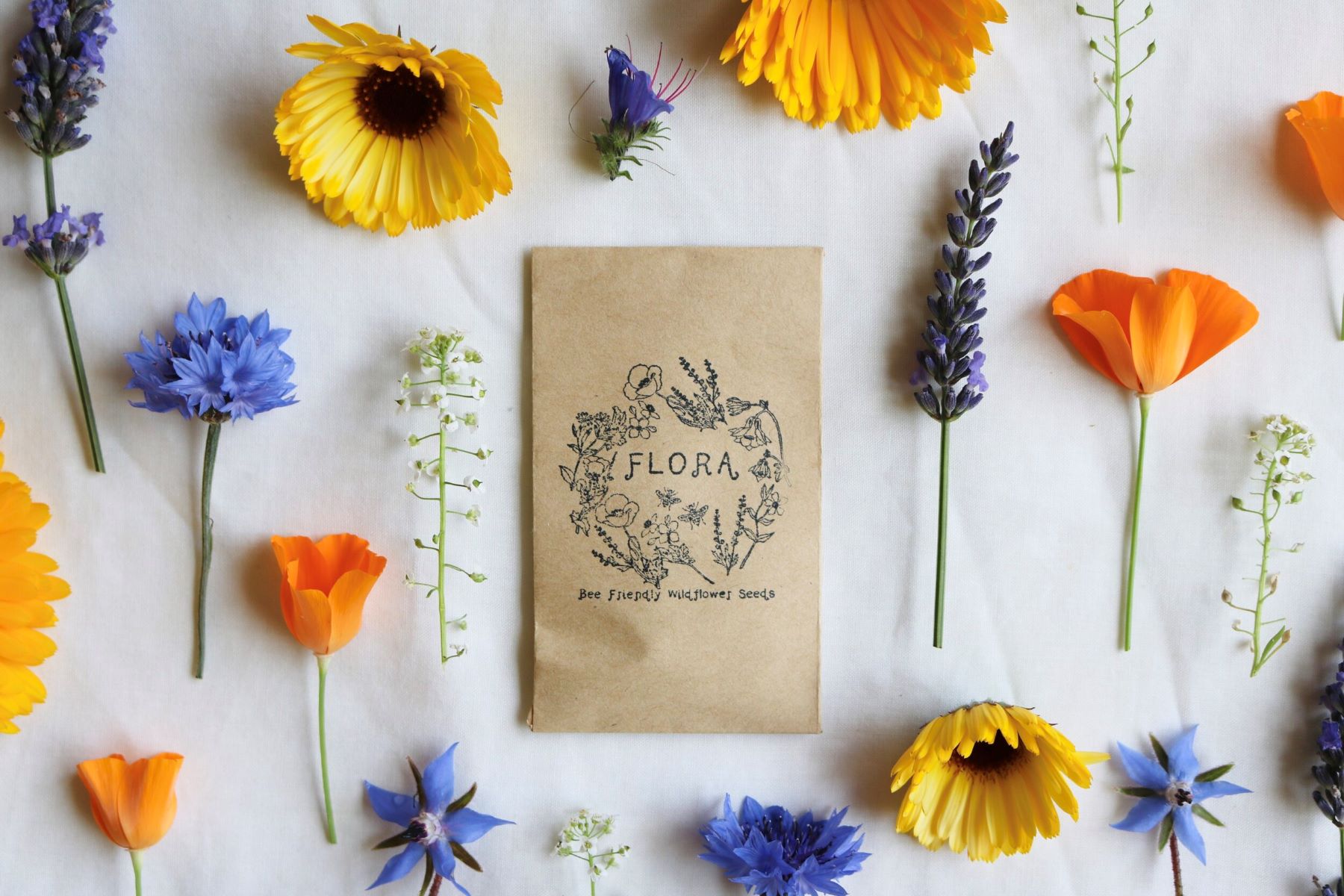
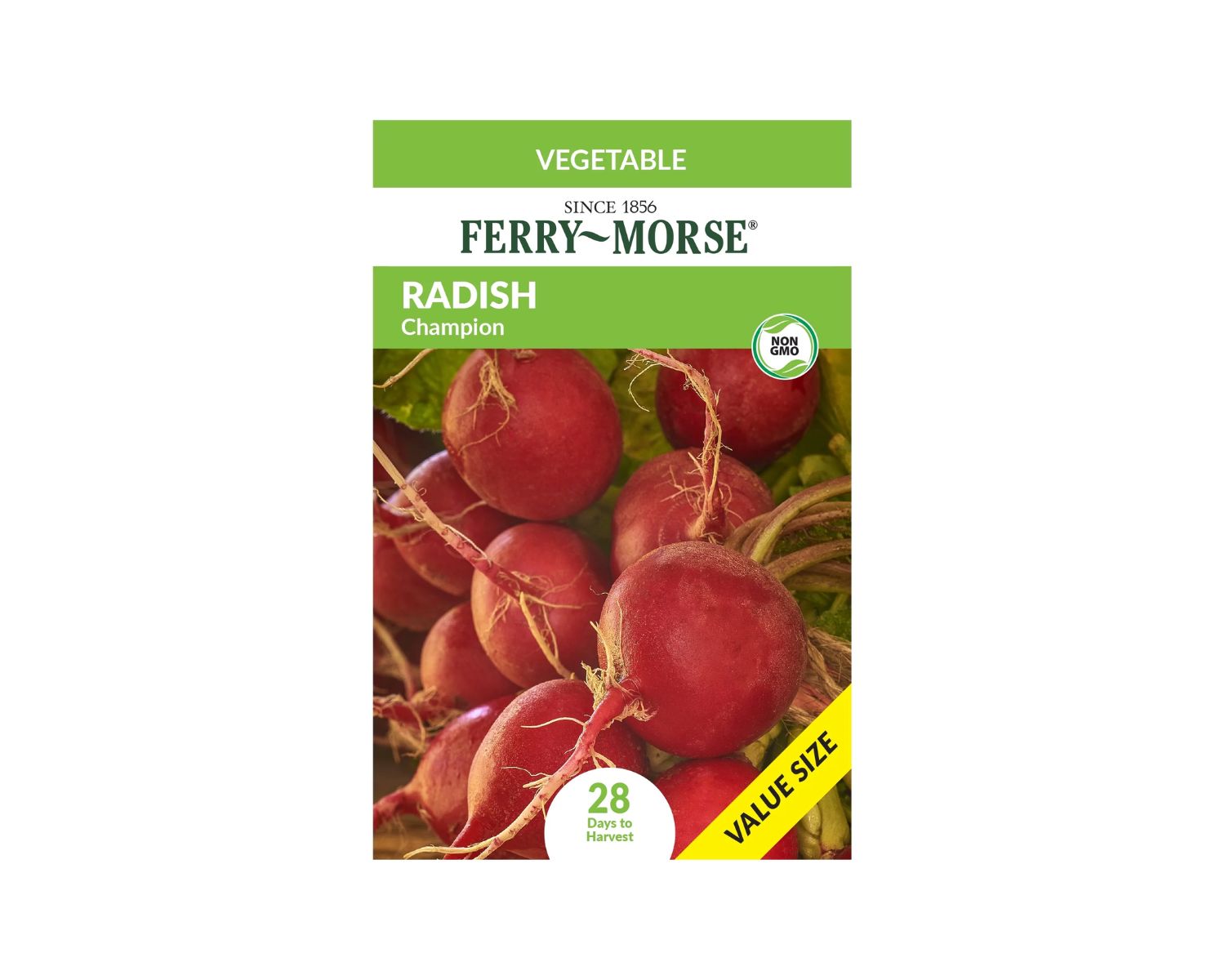
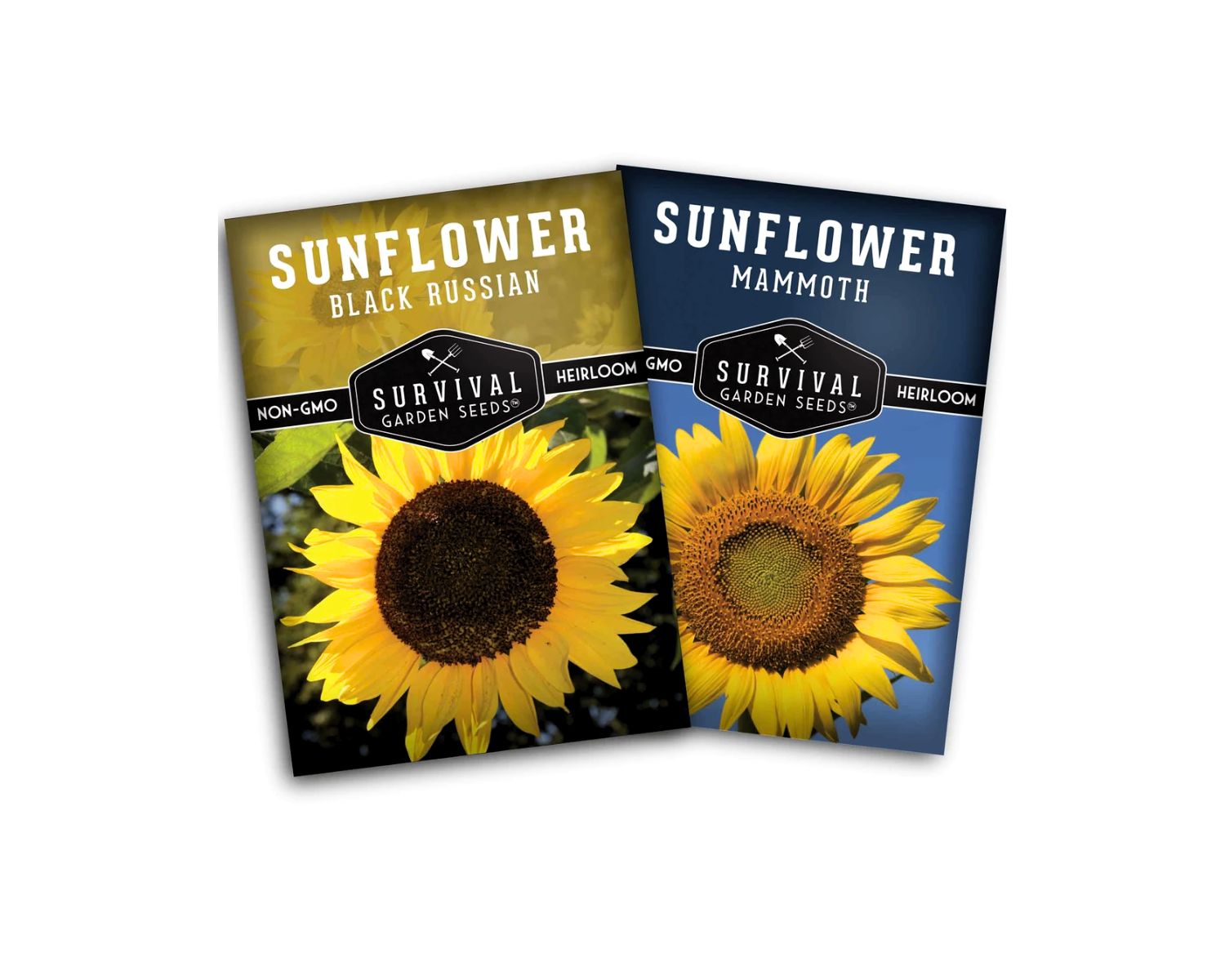
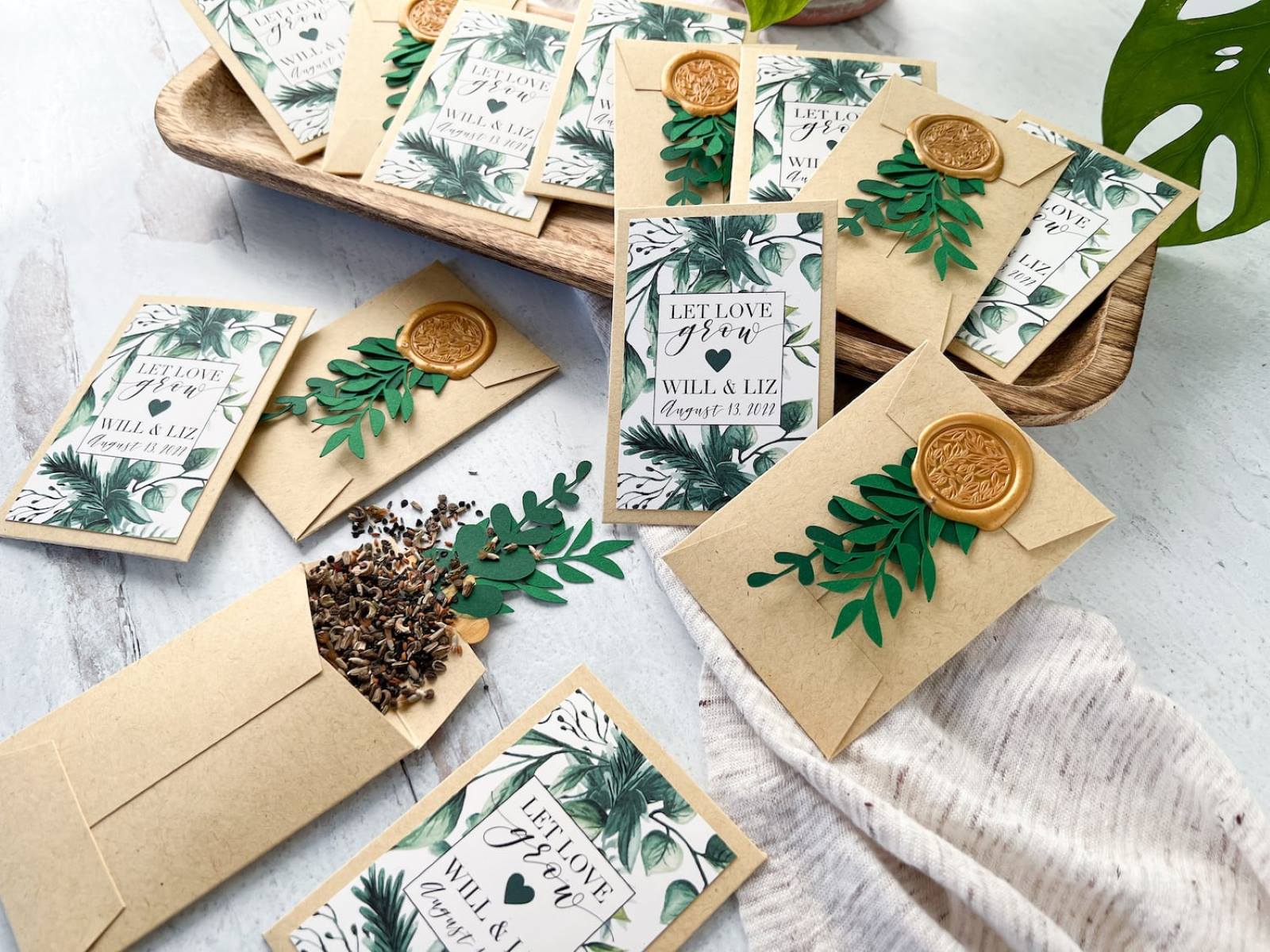
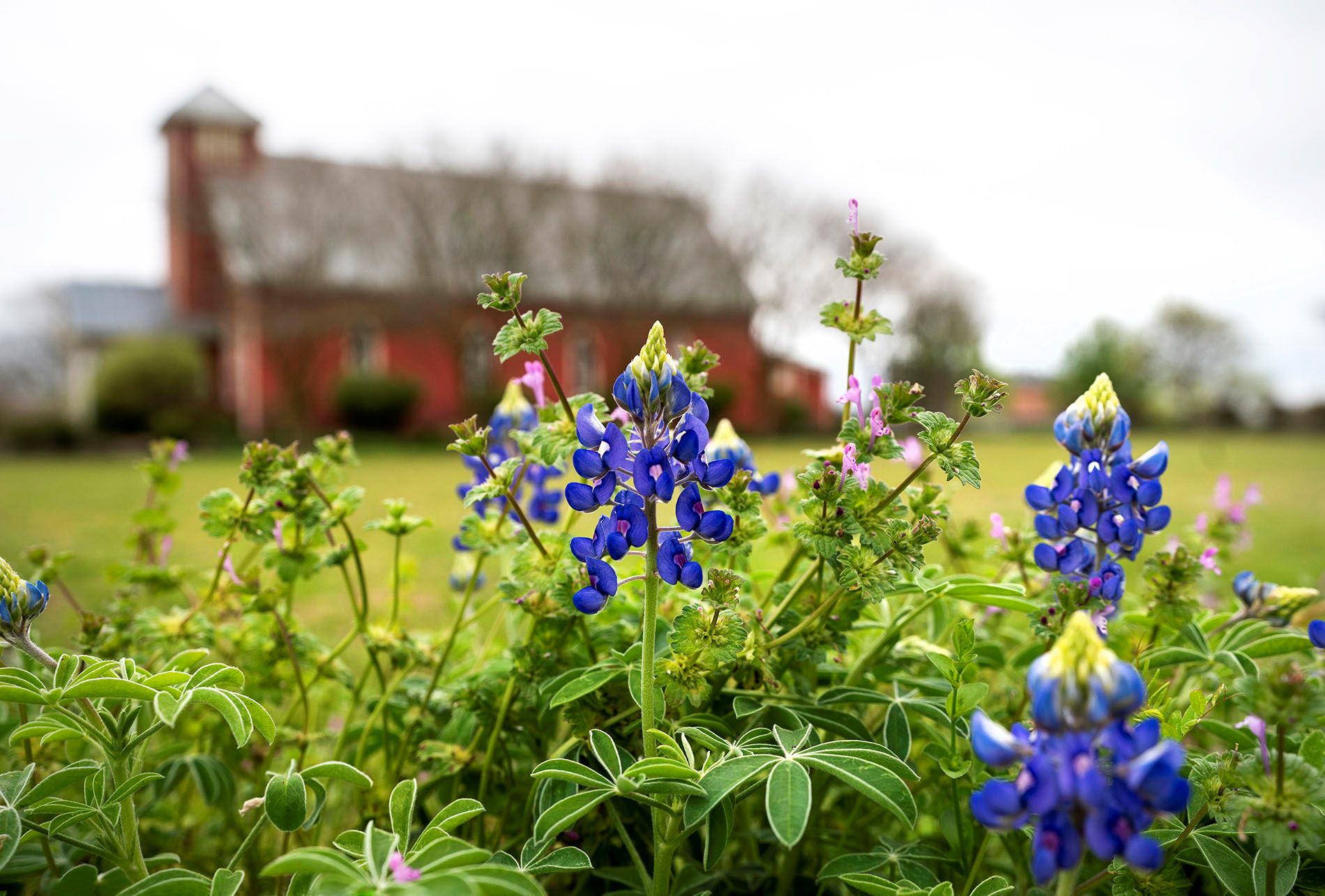
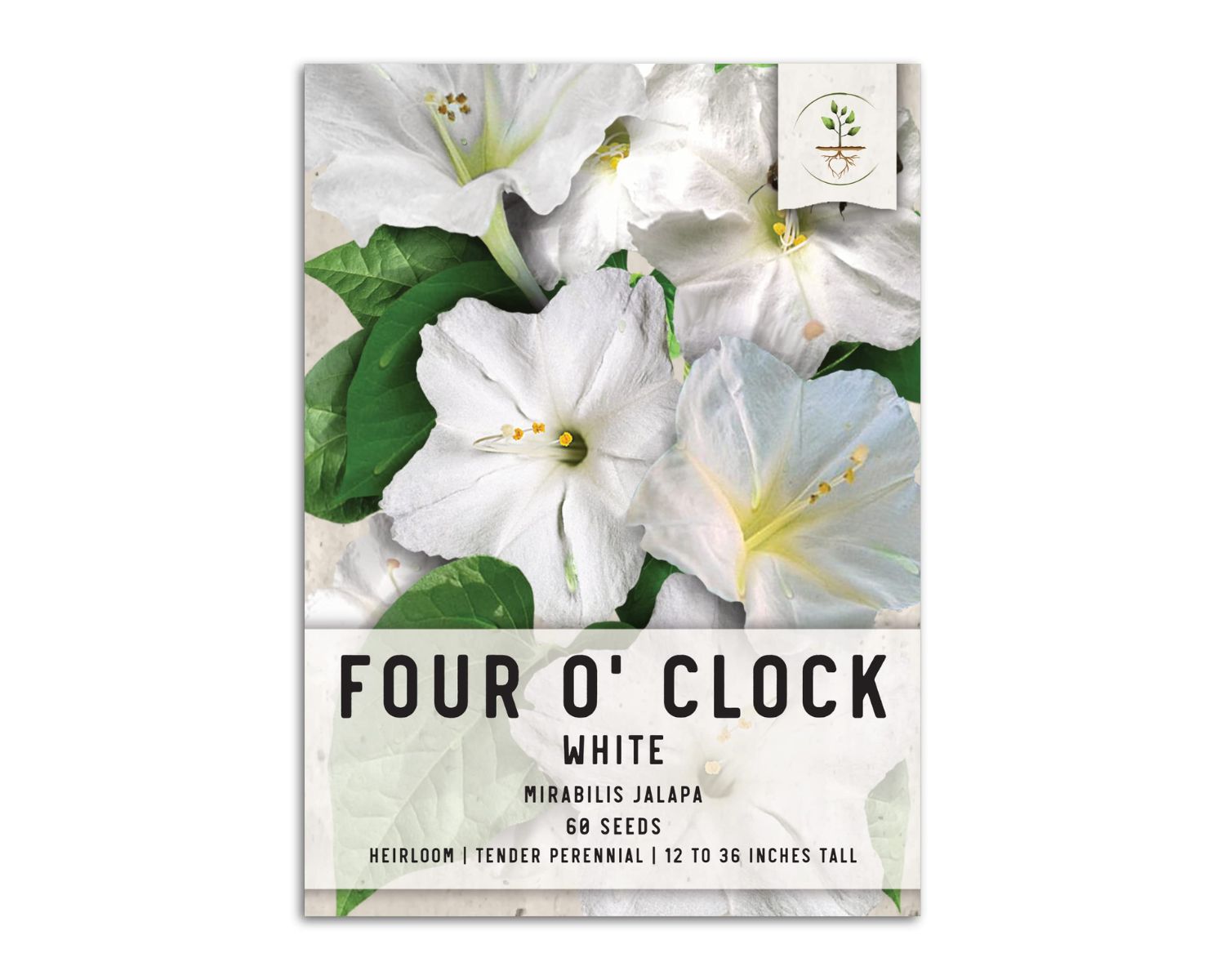
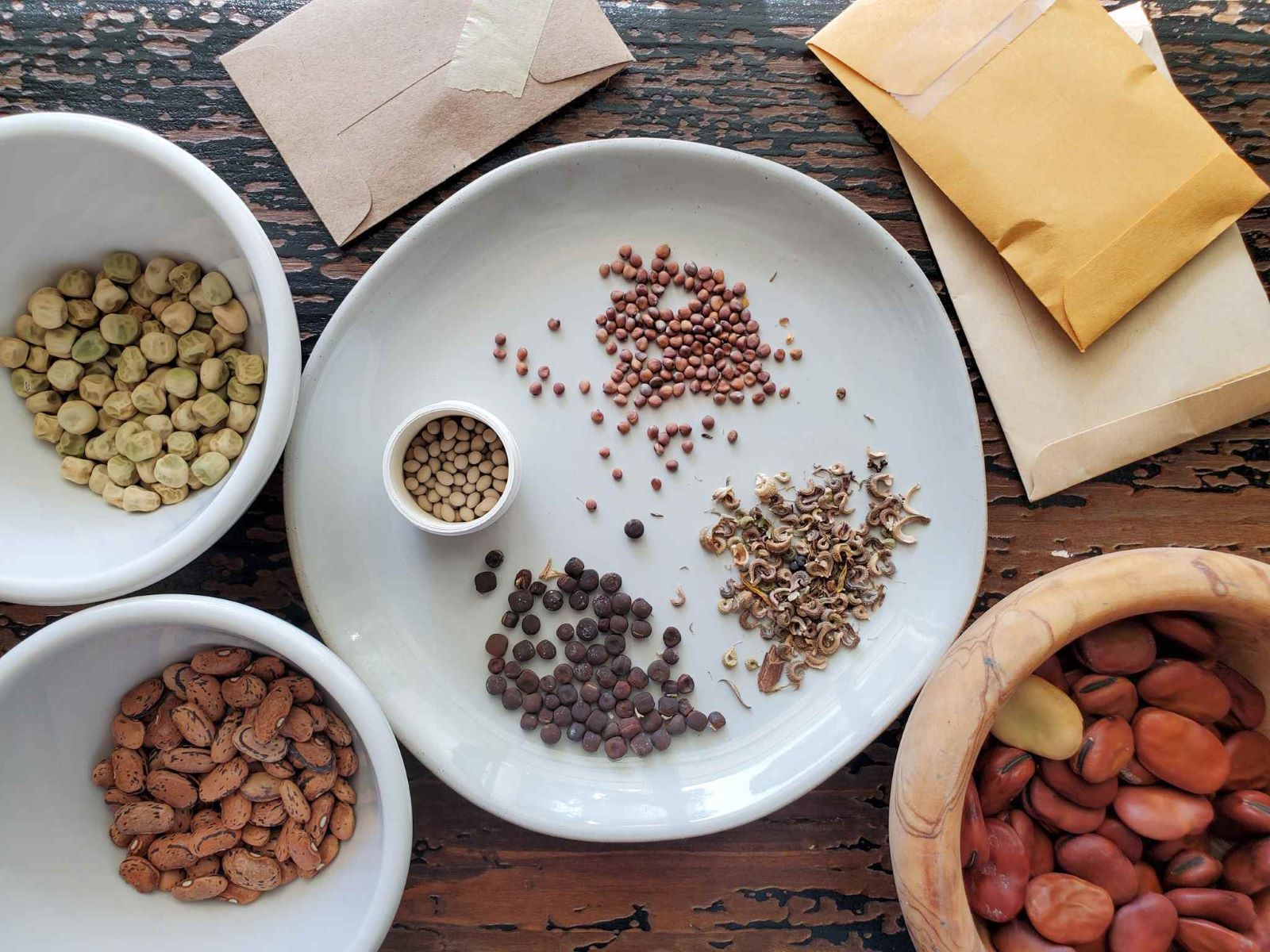

0 thoughts on “How To Organize Seed Packets”